Customers’ need for immersive and high-quality visualization content is increasing. Read this blog to know why this is the best time to invest in 3D modeling for product lifestyle images.
When you photograph a product in a way that captures the real representation of how it will be used and helps customers envision themselves using it in a way that makes them feel connected with the product and the brand, the result is a product lifestyle image. The purpose behind capturing a product lifestyle image is to invoke emotions among the customers, communicate your brand story and build an identity for your brand.
Sellers often cannot fully grasp the concept and the difference between product and lifestyle images. Allow us to help guide you through it.
When you take pictures of a product against a white, seamless backdrop, that is, product photography, the main goal of this approach is to give the product center stage without any distractions.
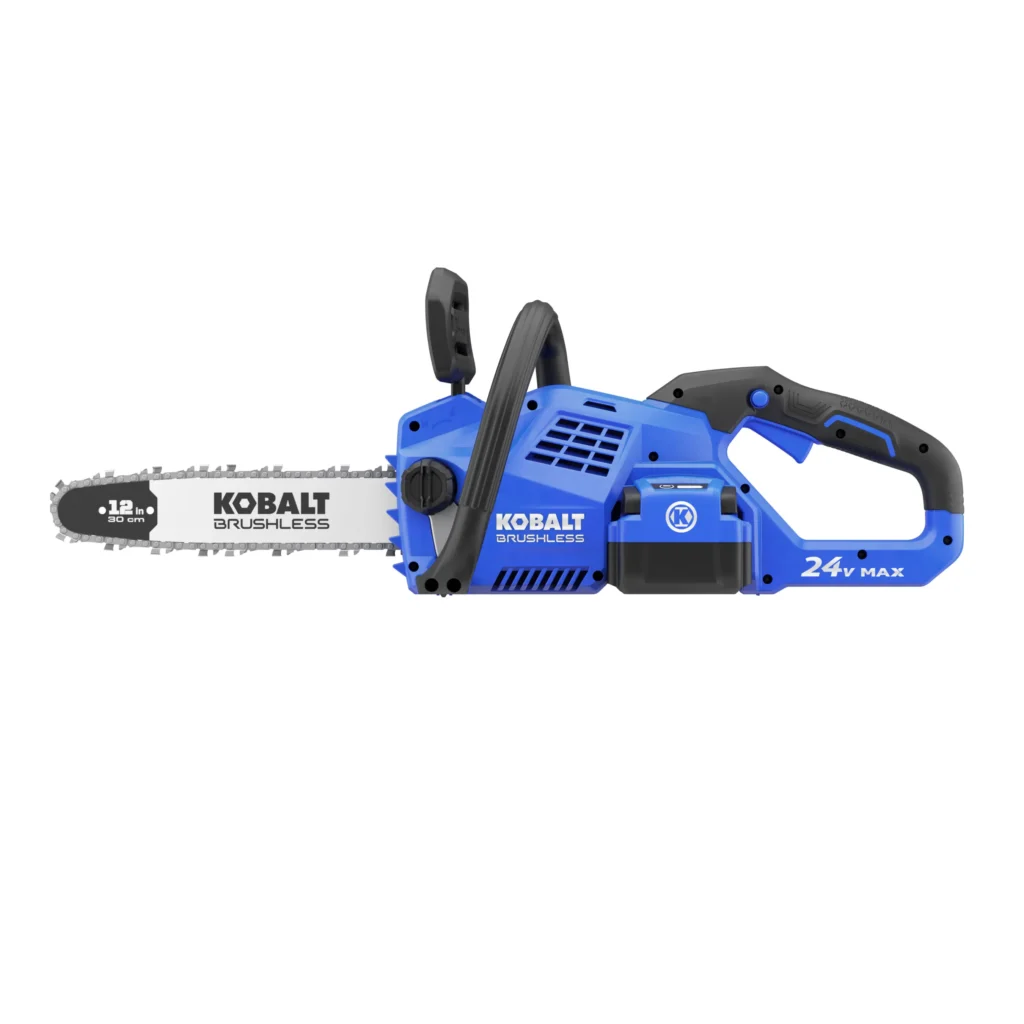
Product photography works best when:
- You want to convey the product details and features clearly
- You want to put the product’s craft in the spotlight
On the other hand, placing the product in a particular setting to evoke emotions by using various props and backgrounds is a lifestyle image. This approach aims at engaging with the audience and connecting with them emotionally by helping them contextualize the product and providing insight into the product and the brand.
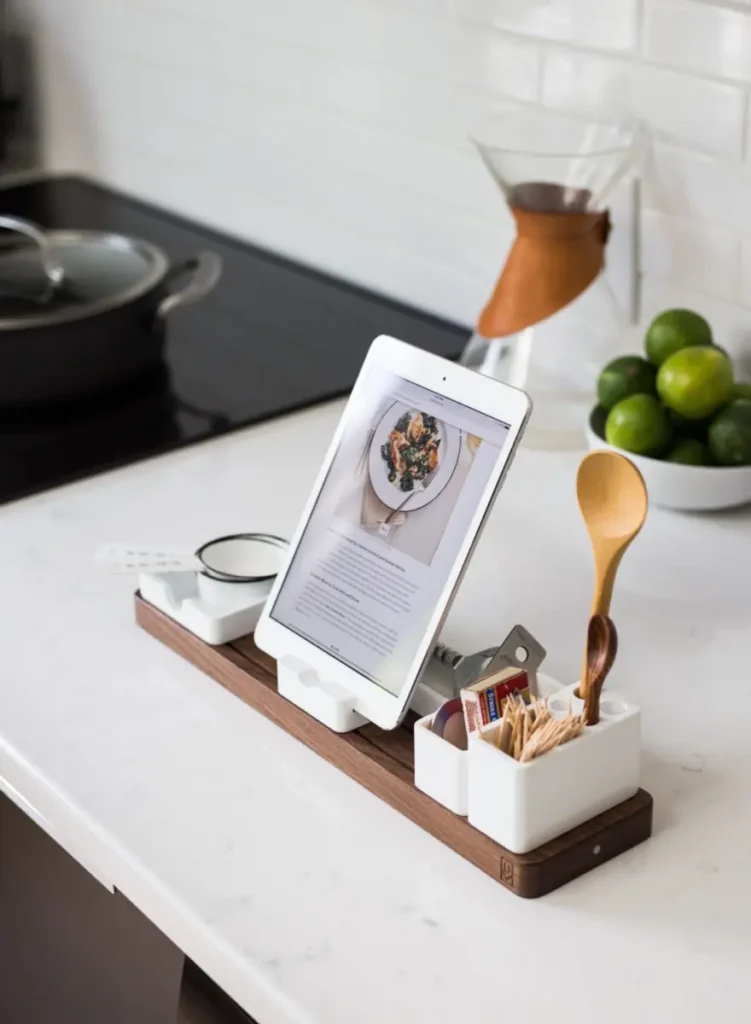
Lifestyle image works best when:
- You want to highlight the product’s special features.

- You want to make the product look relevant to your audience by placing it in a setting that customers can relate to.
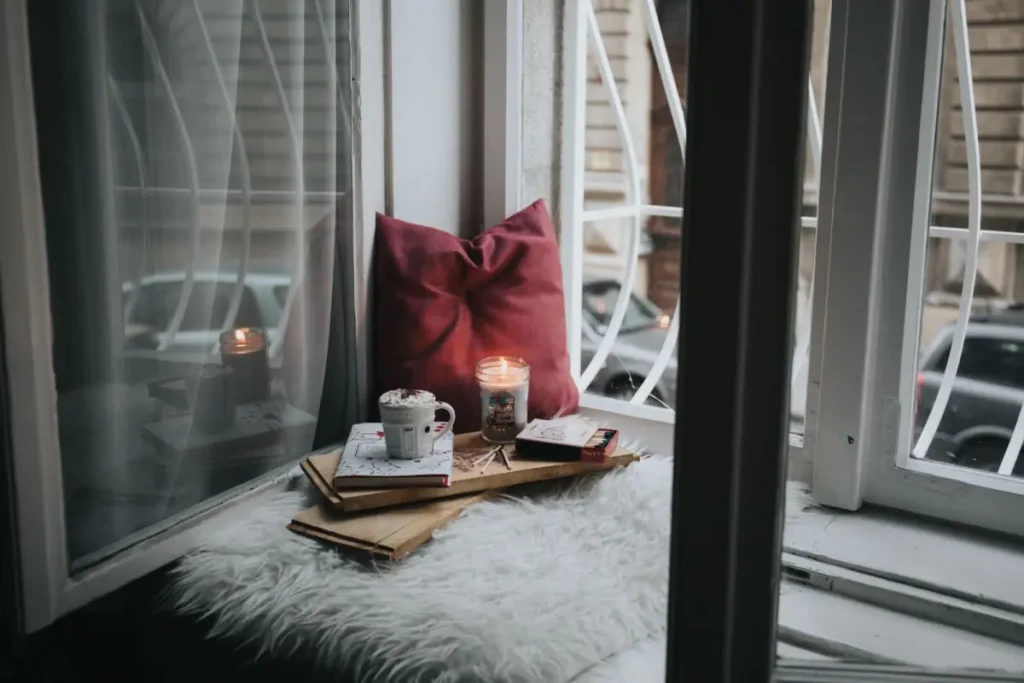
- Show the product aesthetic at its place of usage. For example, whether the dining table matches the floor and walls.
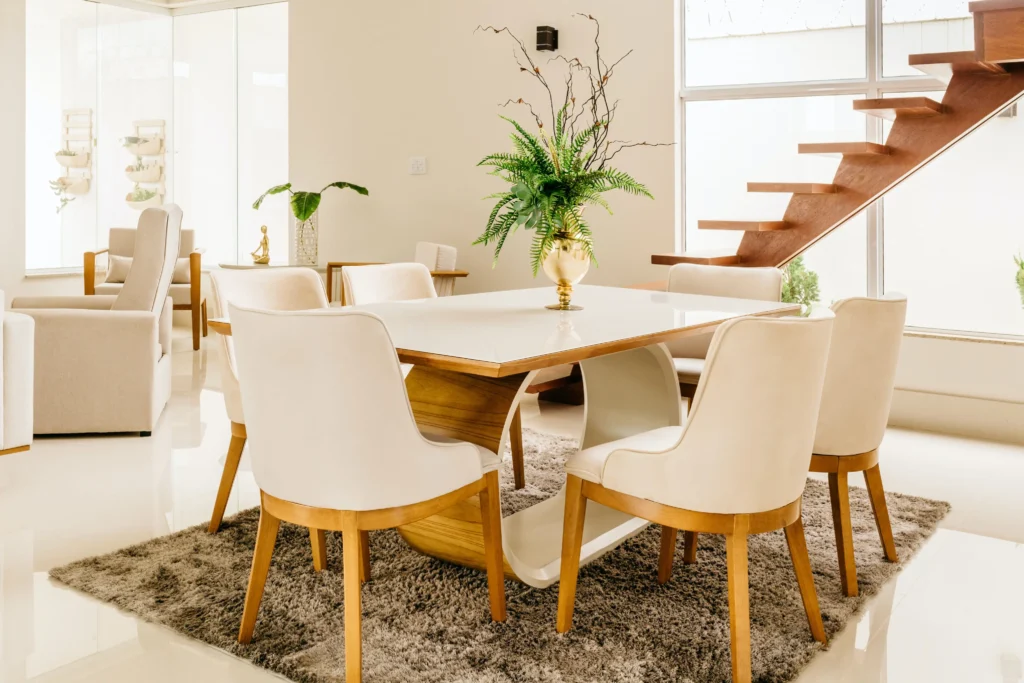
- You want to convey your brand story.
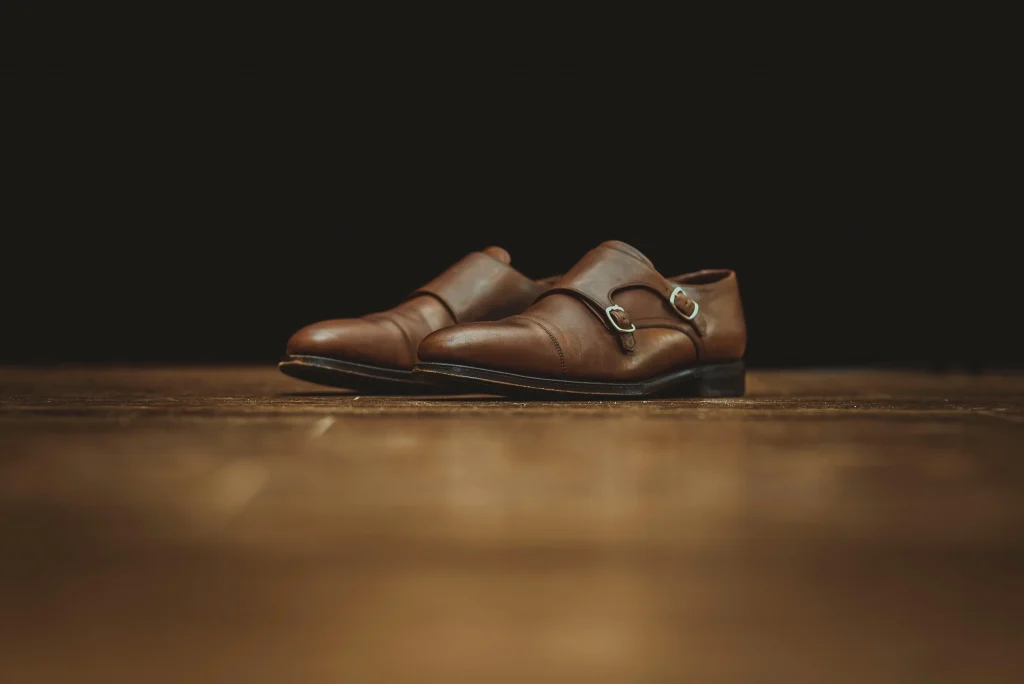
The Importance Of Lifestyle Image In Product Advertising
The advertising team has many goals to accomplish their product and stand out from the crowd. A lifestyle image allows the advertisers to showcase their product’s distinctive features so that the consumers find it relatable and authentic.
- Increase Sales: Lifestyle images help boost sales by creating an emotional connection and showcasing product benefits. Furthermore, by displaying how a product is being used in a real-life setting, the product’s perceived value increases, increasing the customer’s willingness to pay, as they now consider it an aspirational item.
- Reduced Chances Of Returning: Lifestyle images provide a comprehensive view of the product, demonstrating its usage. This helps customers better understand the product features and functionality. This proves pivotal in making an informed decision and reduces the chances of returning.
- Brand Positioning: Advertisers can use lifestyle images to make customers see their products contextually. This will be especially helpful in brand positioning and differentiation.
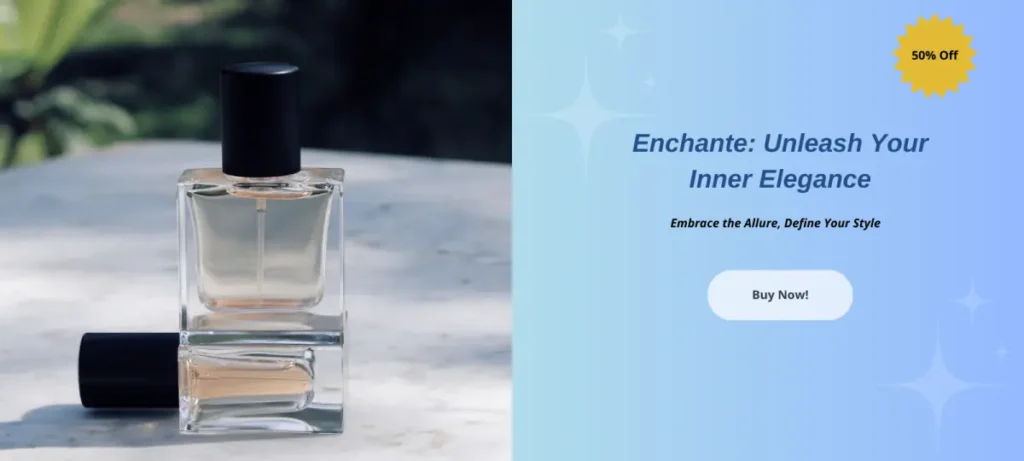
- Loyalty: Emotions drive purchasing behavior, and according to Harvard professor Gerald Zaltman, 95% of purchasing decisions are based on emotional aspects. Product advertisers can leverage lifestyle images to build an emotional bond with prospective customers. By using lifestyle images, you are giving an authentic look to your product, which goes beyond generating leads and engaging the target audience into gaining trust and making them your loyal customers.
- Increase Brand Recall Value: Brand awareness is another critical goal of product advertising. Lifestyle images are your opportunity to showcase your product’s distinctive features in a manner that makes the product become memorable. This can further help product advertisers attain three goals- informing potential customers about the brand, persuading them to choose your brand, and reminding consumers about it.
- Justify the pricing of high-end products: High-end products come with a premium price tag because they are perceived as having superior quality, craftsmanship, and features. When executed properly, product lifestyle image for high-end products makes it easy to communicate the features and qualities of the product, thus helping customers better understand the product, thereby justifying the price. Furthermore, high-end products appeal to those looking to project a certain lifestyle and enjoy a sense of individuality. Product lifestyle images create a sense of exclusivity, making the product appealing to those looking for a certain lifestyle.
Limitations Of Using The Traditional Method To Create Product Lifestyle Images?
The goal of product lifestyle images is to convey a story about the product’s features and benefits, in which case, traditional photography and using 2D technology might not be the best way.
Drawbacks Of Traditional Photography
Let us look at some of the reasons that explain why traditional photography might not be the right choice for product lifestyle images:
- Creative sets are time-consuming: You need to create a physical environment and shoot with real models, which requires prior preparation and coordination. It is a time-consuming process. Creating a physical environment is cumbersome, requiring a lot of resources to design and build the set that will align with the product’s usage.
- High cost: Traditional photography requires you to invest in the location’s photography equipment, props, and rental fees. Adding to the cost would be the charges for the model and the photographer you would be hiring. Furthermore, creating images through physical set-up may involve shipping specific items, posing a colossal risk of product damage, increasing costs, and delays.
- Less control over quality: You need particular light and weather conditions to achieve the desired result. But environmental factors cannot be controlled, which hinders the goal of getting the right lifestyle image. These aspects play a crucial role in what the output will be.
- Requires creating expensive setups: Depending on the product and the desired outcome, you may have to create expensive setups. If you are shooting a product for an advertising campaign, you may have to create a customized setup to showcase the product most appealingly. Take, for instance, if you want to show a faucet, you will have to first create a kitchen or bathroom setup, which will help in showcasing the product’s usage.
- Not scalable: Traditional photography is not scalable since it involves physical processes and materials. The output of traditional photography can’t be altered. In case of a last-minute change, you will have to reshoot, which is a time-consuming and labor-intensive process.
- Making changes at a later stage is not possible: Though you can make minor corrections, such as color and reflection but making big changes, such as changes in the surrounding is not possible. It requires a reshoot, which means repeating all the steps again (shipping products, building sets, shooting, and editing)
Drawbacks Of 2D Technology
2D technology was and is still being prominently used to capture lifestyle images. They depict the people, objects, or things in a two-dimensional format to make them look more realistic or stylized.
There is no doubt in the fact that, for the longest period, 2D product lifestyle images served as a powerful tool for advertising. Still, it has limitations:
- They are two-dimensional, meaning they only represent the flat surface. Anything with depth or volume will appear distorted in the 2D image.
- Due to their size, 2D images contain only limited information, making complex images appear cluttered or unclear.
- They do not offer a complete sense of scale or context. For example, when customers see a 2D image of a product online in a marketplace, they won’t be able to determine whether or not the furniture or the home decor item will fit in their home or align with their aesthetic. This will make it difficult for the customers to make informed decisions. Due to mismatched expectations, there are high chances of products being returned.
- Since they lack the 3rd dimension, they cannot capture the nuances of the real-world object or scene.
- 2D images are static, which means unlike 3D images, they can not be altered or animated.
- They are often seen as unrealistic since the images are curated and staged to give them an idealized version of the lifestyle product. This leads to disappointment and increases the frustration of customers who, upon receiving the product, realize that the product is not what was expected.
- It doesn’t match the expectations of today’s consumers since they want new-age experiences like AR and VR.
How Is 3D Technology Changing Product Lifestyle Images?

3D refers to the three-dimensional representation of the product made using computer-generated imagery (CGI) software. Since 3D technology was introduced in product lifestyle images, it has revolutionized how these images are created and utilized across industries.
These images showcase the product in an immersive, realistic, and interactive way, allowing customers to better understand the product and its features by gauging it from all different angles and in detail.
3D modeling for product lifestyle images allows for quick and efficient production of realistic images and product animation that earlier used to take up a lot of time and money. It has changed the way products are created and presented to customers.
What Are The Benefits Of 3D Modeling For Product Lifestyle Images?
There are numerous reasons why businesses nowadays prefer 3D modeling for product lifestyle images:
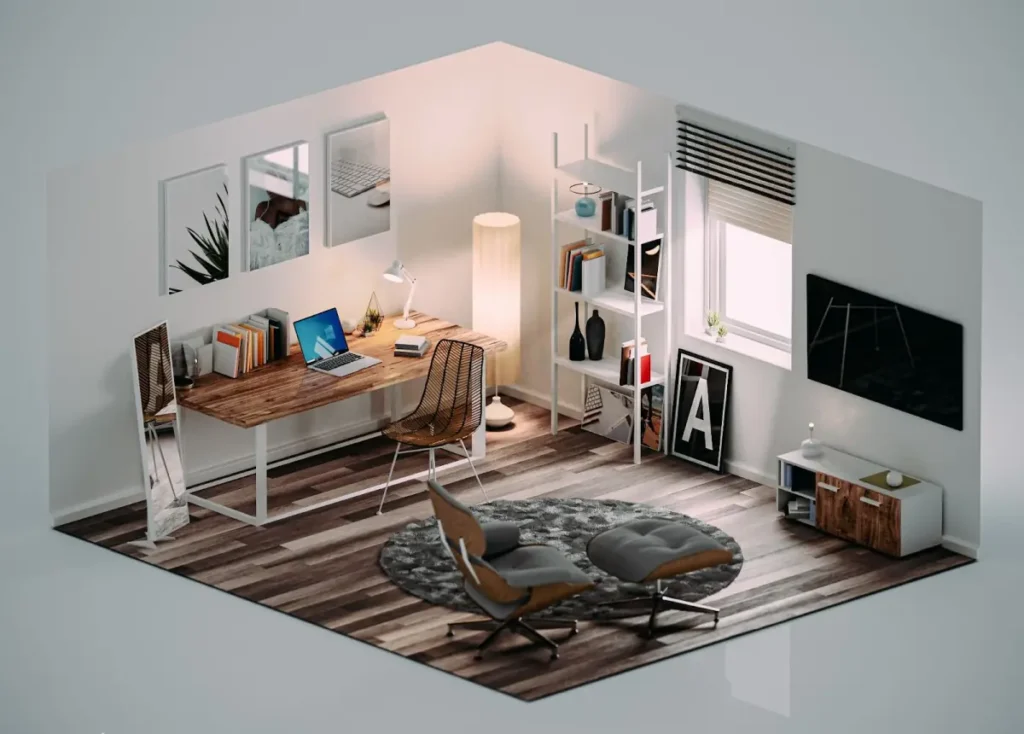
- Interactive encounter: CGI technology, like virtual try-ons or product configurators, allows your customers to customize and visualize the products in real-time. This enriches customer experience as they can understand how the product will look in the existing setting, be it at home or office.
- Ability to customize: CGI allows the designers and artists to experiment with different variations of colors and sizes without spending time on several photoshoots. Furthermore, enhancing personalization helps create an emotional connection with the target customers, resulting in higher sales and conversion rates.
- Faster time-to-market: Since CGI technology allows designers to iterate and process product designs quickly, the product can be bought faster into the market. It is due to the flexibility and the ability to create multiple revisions, which results in faster market time with 3D product lifestyle images. Furthermore, in the case of revisions, you don’t have to re-shoot since all modifications are made through 3D modeling software, and voila, you are good to go!
- Realism: CGI can help create hyper-realistic, premium-quality product lifestyle images that can be reused for various purposes, from catalogs to the online marketplace. This accurate representation of the product focusing on every minute detail and texture, helps customers better understand the product in terms of looks and functionality.
- Cost-efficient: CGI eliminates the time and money otherwise, spend time and money on physical prototypes since CGI technology will help you create 3D models, which can be used to generate images from any angle in any environment.
- Quick and easy: With 3D modeling, businesses no longer have to spend hours and hours spent in Photoshop. 3D modeling speeds up the process of creating product lifestyle images.
- Improve quality and efficiency: It gives the businesses complete control over lighting, texture, and other details, enhancing the product’s overall quality. Furthermore, a 3D model provides valuable insight into how the product will behave. This will help businesses become more efficient since they will make informed decisions on marketing, advertising, and other strategies.
- Sustainable: By using 3D modeling for product lifestyle images, businesses contribute to a healthy environment, since it eliminates the need for physical prototypes, props, and sets.
- Flexible: 3D modeling gives freedom for rapid prototyping and iterations, allowing the retailer to refine and improve product design as per the customer’s need. If you are looking for a way to show off your product in different scenarios without having to go through the hassle of shooting or setting up scenes, or hiring models, you should go for a 3D modeling for product lifestyle images. This is the best way to showcase your product for different applications.
- Consistency: Ensuring consistency throughout all the product images can become daunting when there are many products. But with 3D modeling, all the images are created in a digitally controlled environment which can be helpful in achieving a consistent look and cohesiveness across the product line.
- Marketing material: Products convey the brand story; marketing is the best way to communicate that to the customers. Tell us a better way to showcase your abilities than by offering a hyper-realistic product lifestyle image. With House of Blue Beans, businesses will get high-quality product lifestyle images for marketing.
Anatomy Of A Great 3D Model For Product Lifestyle Images
At House of Blue Beans, our process of creating a 3D model for product lifestyle images looks like this:
- Image acquisition: You send us the image, and we scan it using 3D scanning equipment from different angles. This will act as the foundation of your 3D model.
- Feature management: Moving on, we will determine and extract the product’s essential features. This means isolating the product by removing any unwanted elements.
- Image collaboration and orientation: Now, we need to create a comprehensive 3D representation of the product. This will involve a fixture of orientation and position of the product in the virtual space.
- 3D print cloud: Once the orientation is set, the model will be uploaded to the 3D cloud for quick accessibility and collaboration.
- Segmentation, structuring, and surface regeneration: The product will be segmented into smaller parts, making working on its finer details quick and easy. Then comes structuring, where we give the model a structure to give it a polished look using software tools. After that, we proceed with surface regeneration to create an accurate and intricate product version.
- Texturing: To give the model a more realistic appearance, we use software tools to add texture to its surface and give it a more accurate and precise representation of the product.
- Final 3D Model: This step determines the quality of the 3D model. It involves modeling individual elements that make up the product. Once modeled, all the components are assembled into a single 3D model using the software.
Once we have a complete 3D model, we add movement to make the model look realistic. This process is called rigging.
Common Misconceptions About A3D Model For Product Lifestyle Images
While 3D modeling is not new, it is riddled with misconceptions that make businesses apprehensive about implementing it. Let us look at some of these misconceptions.
- Expensive: Gone are those days when 3D modeling was only available to wealthy people. Businesses across the globe, including House of Blue Beans, have made it accessible to everyone with its affordable price range. If you wonder if low cost means subpar quality, we want to clear the air. We offer high-quality, hyper-realistic 3D modeling for product lifestyle images at a reasonable rate. With us, you don’t have to worry about shipping products’ costs, creating expensive sets, product defacing, and other expenses that come with traditional shooting.
- Time-consuming: 3D modeling can be complex, so being attentive to details and ensuring accuracy can be time-consuming. But in the hands of professional 3D artists like our House of Blue Beans team, you can rest assured that the turnaround time will be quick. We will provide you with product visuals within two weeks, and you can save up to 80% of your time.
- Only suitable for the toys industry: If you think that 3D modeling for product lifestyle images is only for your favorite action hero or sports stars, then you should know that there is no industry left untouched by 3D modeling. Whether real estate, consumer electronics, or furniture, House of Blue Beans has been helping businesses across the industry boost their sales by offering the finest and most realistic 3D models.
What Makes House Of Blue Beans Stand Out From The Crowd?
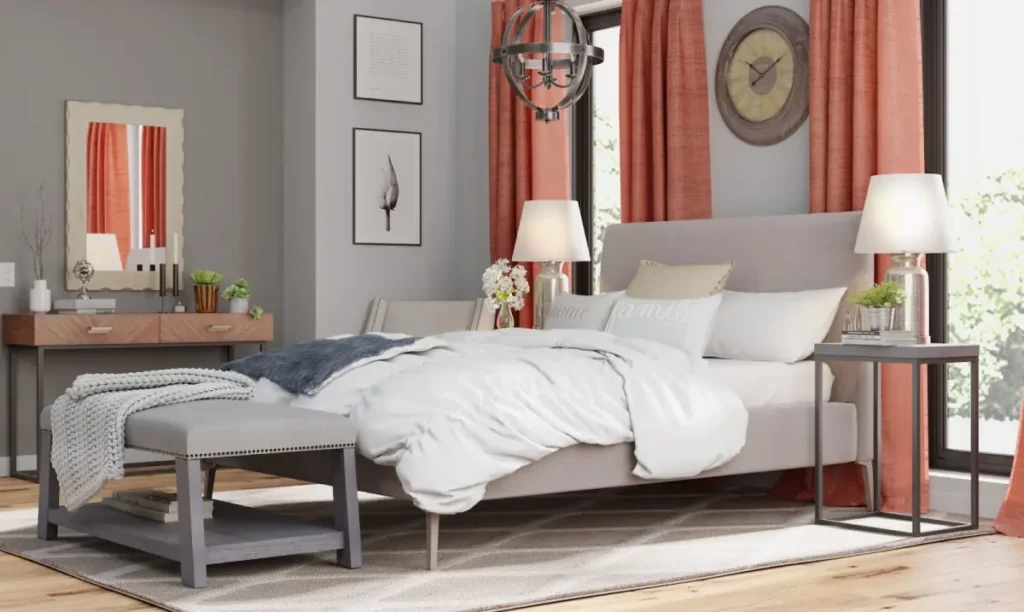
We are a leading CGI 3D visualization service provider, trusted by Fortune 50 companies like Lowe’s Home Improvements and Target Retail, for shaping and enhancing their product visualization journey from scratch. We take pride in being trusted for delivering immersive experiences to customers through different forms of visual content, be it images or videos by businesses leading the industries- furniture, real estate, consumer electronics, and more.
Wondering what makes House of Blue Beans CGI-based 3D modeling better than traditional photography? Allow us to shed light on what makes House of Blue Beans stand out from the crowd.
- Quicker Turnaround Time: CGI-based 3D modeling can help you create and render images significantly faster than traditional photography, leaving room for more immediate revisions. With House of Blue Beans, you can rest assured that you will get a product image in two weeks, compared to three months in traditional photography. Furthermore, you will save 80% of your time otherwise spent in the shoot and re-shoot associated with traditional photography.
- Consistency: With traditional photography and 2D technology, you can not control the environmental factors that can significantly affect the output. This makes it challenging to maintain consistency throughout the project. But the experts at House of Blue Beans create 3D models for product lifestyle images in a digitally controlled environment, which means we have total control over lighting, texture, colors, shadow, and reflection to ensure consistency across all assets.
- Cost-effective: Traditional photography requires expensive equipment and rents for shoot location, model, set, and other such charges. On the other hand, the cost of 2D technology skyrockets since it cannot be reused, and every project will require building from scratch. This differs from House of Blue Beans, where you will get the visual content at 1/4th price of traditional photography. Since we reuse the same 3D model to create different visual contents like white background images, 360 spins, videos, and AR and VR experiences, it significantly brings down the cost.
So what are you waiting for?
From launching a new product to giving a makeover to the existing one, House of Blue Beans, has your back with our cost-effective and time-efficient delivery of high-quality product lifestyle images showcasing accurate representation with a quick turnaround time. We have over a decade of experience providing immersive and premium quality 3D modeling for product lifestyle image services at a price that does not burn holes in your pocket.
If you are wondering if you’ll have to go through the hassle of shipping the product to get your 3D texture done, then you need not worry about House of Blue Beans. We only need some images and a detailed product description to create hyper-realistic 3D models for your products’ lifestyle images.
Take a look at our client base
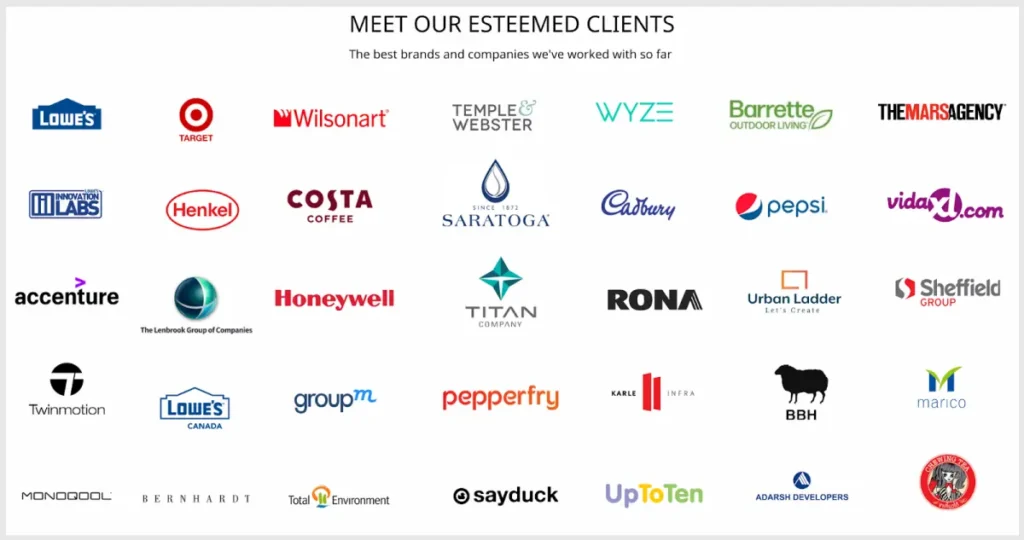
You don’t have to trust what we say, you can check out the reviews, which speak for themselves.
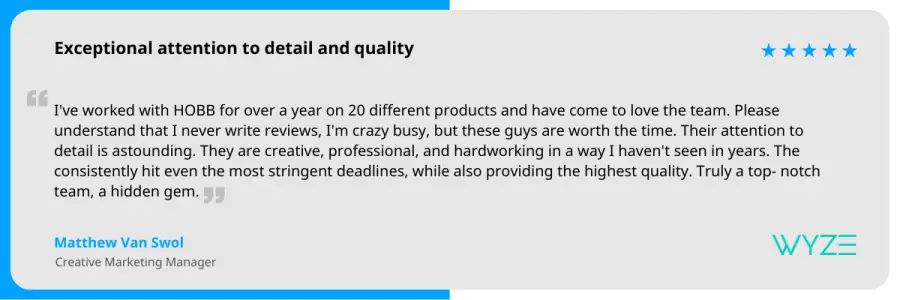
Reach out to our CGI 3D visualization experts with your query today. We’d be happy to help you guide the process of 3D modeling for product lifestyle images that will give you an edge over your competitors.
We look forward to helping you show your best angle to the customers!
